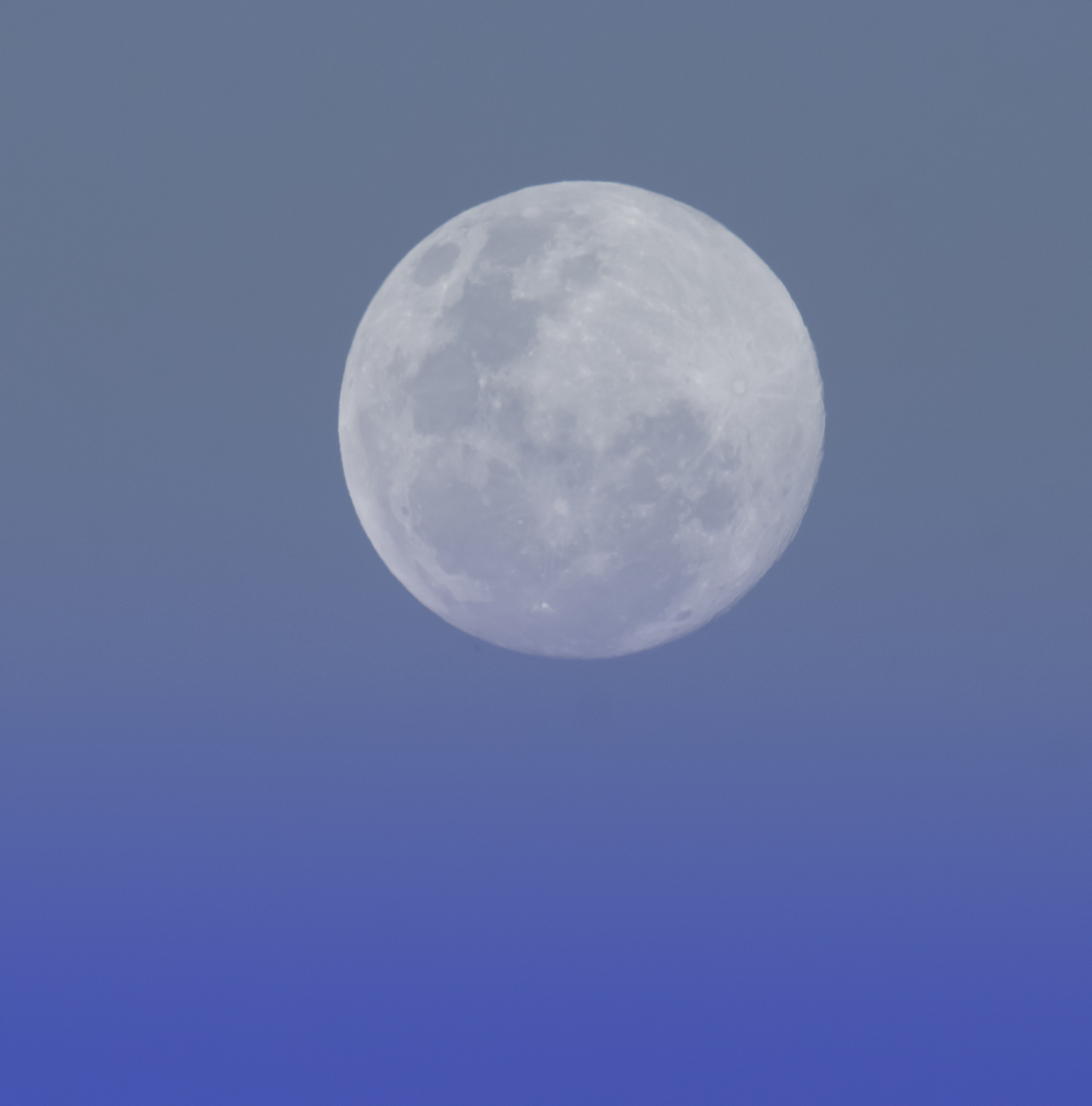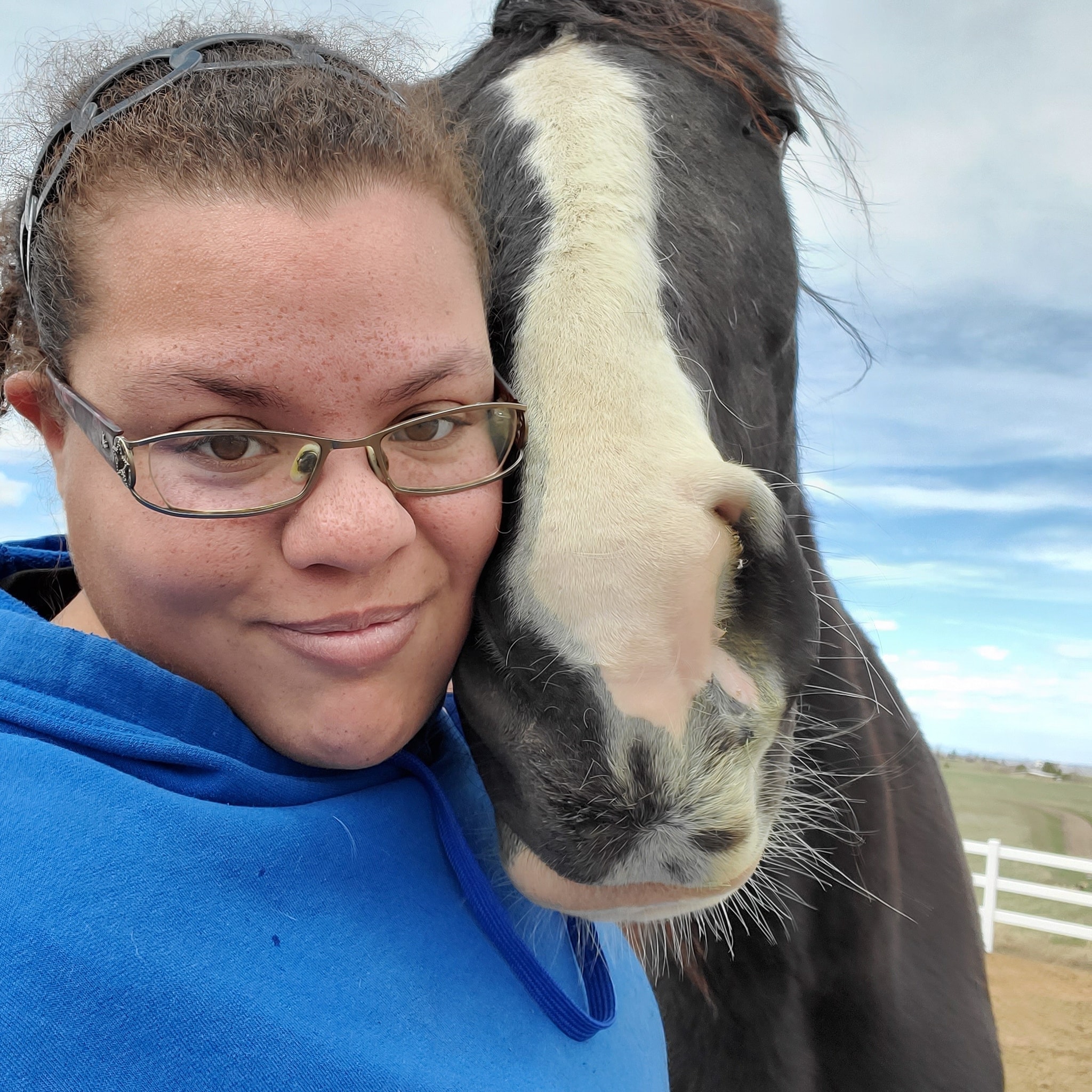In Hinduism, Chakra represents energy points in the human body. The term was mentioned in the Rig-Veda, written around 2000 BC, and was later used in several ancient Sanskrit texts. A trained yogi can control these energy points to overcome disease, desires and gain control over the body to display greater strength. Ancient Hindu practices suggest that humans exist in two dimensions: These are the sukshma sarira or the “subtle body” which is neither physical nor spiritual and the sthula sarira or the “physical body.”
The subtle body is linked to the physical body and each has an effect on the other. Nadi are energy channels that make up the subtle body whereas the chakras connect with psychic energy. A rishi – sage, tantric or a yogi has full control over the Nadi through chakra channeling. One can control the subtle body through types of meditation, yoga poses, and concentration.
Types of chakras
According to ancient texts, the human body has 72,000 Nadis and 114 Chakras. Out of these, seven chakras are considered the focal points as they connect to the whole body through the Nadi. The seven chakras are arranged along the bottom of the spine and end at the crown or top of the head.
Figure 1. Seven key chakras and their significance
The color scheme of chakras is a newer aspect of chakra study (as there is no mention of a color scheme in ancient texts.) Translations by western authors have assigned one of the rainbow colors to a chakra. Each chakra is represented as a lotus and the number of petals varies from two to one thousand and a person can enhance these chakras with specific yoga asana or “posture.” A novice should start with the Muladhara Chakra (root chakra) and as she gains control over the specified part, she should move to the higher state. Each chakra has a residing male deity and a Shakti or “goddess.”
Muladhara Chakra-Root: Is represented in the form of a red lotus with four petals with a square in the center and coincides with the earth element. The presiding deity is Bhagvan Ganesha and Dakini is the Shakti. It is said to control the adrenal glands and manages the food, sleep, sex, and self-preservation or fight/flight response when under threat. It also influences confidence and self esteem.
Svadhisthana-Sacral: This chakra (where self is established) is identified with Brahma or Vishnu as its presiding deity and Rakini as his Shakti. The color is an orange lotus with six petals. It is related to the water element and is located at the root of the reproductive organs. It influences fluidity, emotions, creativity, adaptability, sexual power, and the unconscious state of mind. When stimulated it can help gain control of desires and emotions.
Manipura Chakra-Solar Plexus: Which is considered the “jewel city” and is located in the navel or the solar plexus or below the breast bone. It is illustrated with a downward pointing bright yellow triangle indicating fire in the middle of a lotus with ten petals. The presiding deity is Braddha Rudra, with Lakini as the Shakti. The chakra maximizes energy to face obstacles with determination and self confidence.
Anahata Chakra-Heart: This means “unstruck or imperishable” in Sanskrit. The chakra is green and in the form of an intersecting hexagram with 12 petals. It is located in the center of the heart and represents the union of female and male. The presiding deity is Rudra Shiva and Kakini is the shakti. The chakra is linked with openness, peace, and unconditional love. The element associated with this chakra is air.
Vishuddha-Throat: In Sanskrit means “purest” and it is situated in the throat. It is in the form of a lotus with 16 petals with a blue or turquoise color. A silver moon is inside and refers to the element of space. The chakra influences speaking the truth and finding genuine self expression. Residing deity is Panchavaktra Shiva having five heads and four arms, and the Shakti is Shakini.
Ajna Chakra-Third Eye: This is the guru or command chakra, third eye chakra and is located between the eyebrows. It is the subtle energy and control center. It is in the form of an indigo lotus with two petals and represents “Ohm,” the dual state of Shiva and Shakti. The chakra is not linked with any element and is taken to be above the bodily elements. It serves as the center of vision, intuition, prophecy, inner knowledge, imagination and helps to sustain a person emotionally and spiritually.
Sahasrara Chakra-Crown: The crown chakra also called the thousand petal lotus chakra. It is represented with a violet color. It is located on the tip of the head, and it gives pure consciousness that has neither subject or object. It controls all other chakras, and it is the destination of finding a state of unified consciousness. The 1000 petal lotus called Mahasukha or the great bliss represents the fourth state of the four noble truths. Only sages, mystics and saints of mythology and later day noble souls have attained mastery of this chakra. Many charlatans claim to be in this state. However, ancient texts suggest that intense penance and renouncement of all worldly pleasures may help a person to reach this stage.



